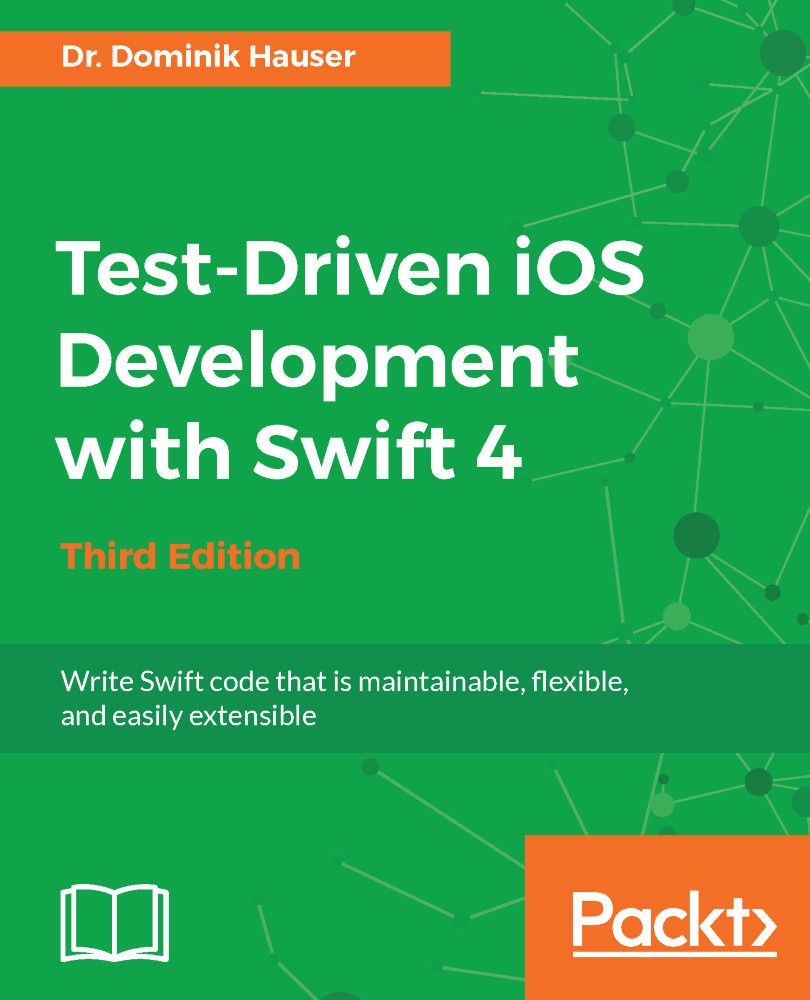Most apps in the App Store perform networking in one way or the other. Apple provides a great class for network requests--URLSession. Its requests are asynchronous. This means that the response is delivered on a background thread. If that wasn't the case, the UI would freeze while the app waits for a response from the server.
The main topic of this chapter is how to test an asynchronous API. There are two ways to write tests for asynchronous API calls. First, it can be done using the real server that is going to be used when the app is in the App Store. Second, it can be done using stubs, as we did in the previous chapter.
Both methods have their advantages. Tests with the real server let us additionally test whether the server is implemented as described in the documentation. Those tests are closer to the implementation of the finished app and, therefore...



